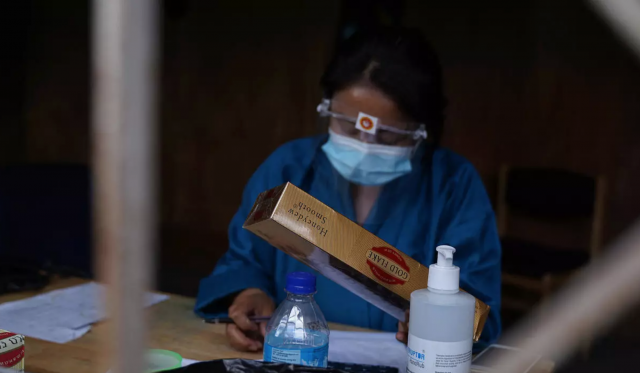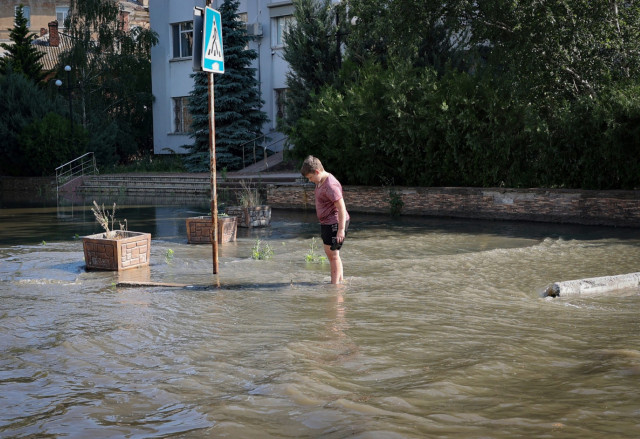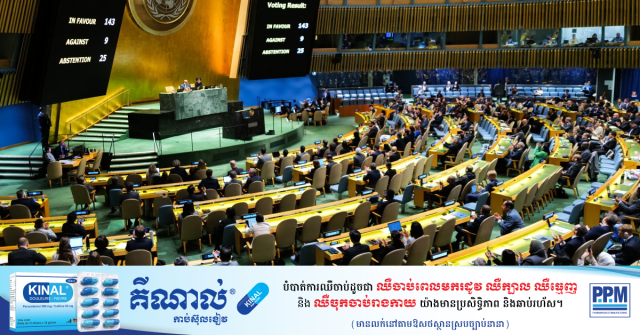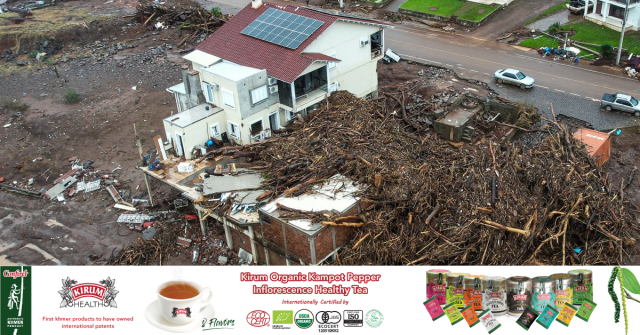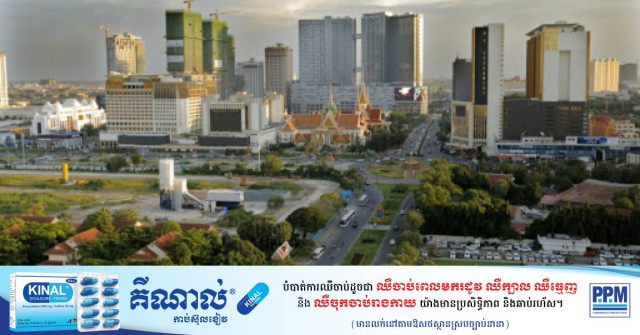Modern Firefighting Needed for High Rises: Analysts
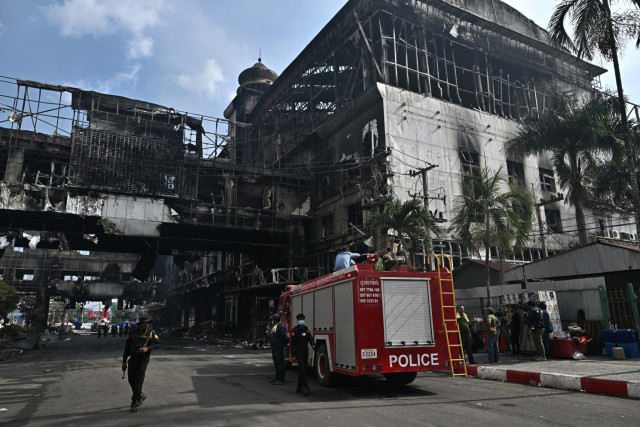
- By Lay Sopheavotey
- and Meng Seavmey
- January 5, 2023 9:35 AM
PHNOM PENH – The Poipet fire in which 26 people died has led to calls for better firefighting training and equipment, along with improved construction standards.
Policy analyst Meas Nee said one of the problems in firefighting is that developments are not aligned with water supply capacity.
The more high buildings there are, the less water each household can use, which leads to inadequate water for fire accidents.
“This is what the provincial governors should consider before approving big building construction projects,” he said.
Cooperation was needed between firefighter teams and building owners to prepare fire extinguishing equipment and fire escapes.
“These were not included in the casino-and-hotel building in Poi Pet,“ he said.
“The tragic event showed that the provincial fire department did not have enough equipment to responding to the challenges.”
Sok Kin, president of the Building and Wood Workers Trade Union Federation of Cambodia (BWTUC), said buildings were constructed to different standards.
Some buildings met fire safety standards while others did not.
Tall buildings need to be built by high-quality construction companies to technical standards and with professional engineers.
Problems are caused by wrong standards if the construction is organized by inexperienced contractors and is managed by owners who do not know much about the trades.
Heng Kimhong, the head of the Cambodian Youth Network’s research and advocacy program, said he believed that firefighting teams were limited in number while the number of households was increasing.
“There are factors that slow down firefighting, such as small roads, disorganized households and distance as well as the number of fire engines,” he said.
“Each district should be able to have at least one fire engine prepared.”
Fire department director Neth Vantha said awareness and participation from the public, especially building owners, was also needed to respond to fires.
There were 618 fires in 2022, killing 43 people and injuring 116. The number of cases fell from 670 in 2021 but deaths were up from 24 in 2021.
Compared with 2021, injuries increased by 81 while destroyed houses fell from 707 in 2021 to 697 in 2022.
Forty-one percent of fires were caused by electrical accidents, while 37 percent were started by burning candles and incense. The causes of the rest were unknown.
Vantha said the number and the knowledge of firefighters, especially in the provinces, were still limited. Moreover, teams do not stay together at the fire station, which slows response times.
Heng Kimhong said fires might happen easily during the dry season. Building and house owners must always be careful with electricity.
Firefighting equipment should be available and authorities or electricity providers should monitor the electricity network to ensure it is safe.
Sok Kin said parties involved in reducing fires and deaths should pay more attention to construction standards and quality while non-standard buildings should be demolished.
The government should learn from countries where there are fire extinguishers in buildings and fire hydrants on the streets.
Sok Kin, Meas Nee, and Kimhong recommended that firefighter teams, building owners and staff be trained on the use of extinguishers and evacuations.
Adequate fire trucks and water supplies were needed for every building. These should be available also for nearby incidents.
Meas Nee said firefighters need more modern equipment to tackle fires on higher floors more effectively.
“I believe that the fire department is starting to consider it too after what happened in Poi Pet province, but we’ll just wait and see to what extent the capacity will lead,” he said.
“High buildings are going up in other provinces as well as in Poi Pet, so firefighting on a large scale should be prepared well in accordance with the development.”
Vantha urged the public and the building owners to be careful about electricity and sharing it between houses.
They were encouraged to discuss work with electrical experts or hire technical teams to do the work.
Owners are urged to check their gas and wood stoves. Trash burning should be discussed with the local authority. A hole should be dug next to a water source to burn the trash. The fire should be watched so that wind does not spread it.
He also urged senior firefighting officials not to move firefighters to other units. They should be allowed to stay at the fire department for a period of time to share their expertise with other trainees or members in the team.
Fire responses and spreading care
Vantha said one team for cities and one for provinces monitor and spread awareness among building owners by sending them regulation documents, especially focusing on the avoidance of fires.
The teams have been to eight city-provinces, with the first team going to Phnom Penh city, Kampong Speu, Preah Sihanouk, Koh Kong, and Kandal. The other team went to Kampong Chhnang, Pursat, and Battambang provinces.
The teams also educated them on primary extinguishment and rescue during a fire. There is practical training on primary fire extinguishment, evacuation and protecting targets.
Local authorities also work on spreading awareness among gas and fuel business owners. However, the operation’s effectiveness also requires cooperation from building owners and everyone else.
“Although Cambodia has adequate regulations related to the matter, the participation is not enough yet, especially for the primary extinguishment and rescue, from the building owners,” he said.
The director suggested that the building/company owners should encourage staff to take part in the training and tell the fire department immediately if fire breaks out.
The director also called on building owners to organize a fire escape route and for authorities to keep the streets in order, making it easier for rescuers to operate.









